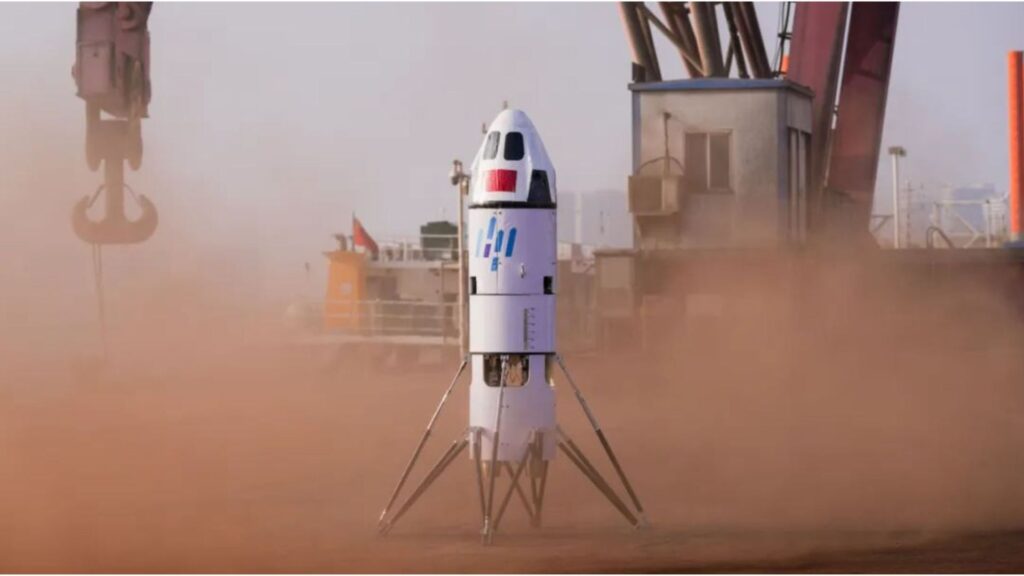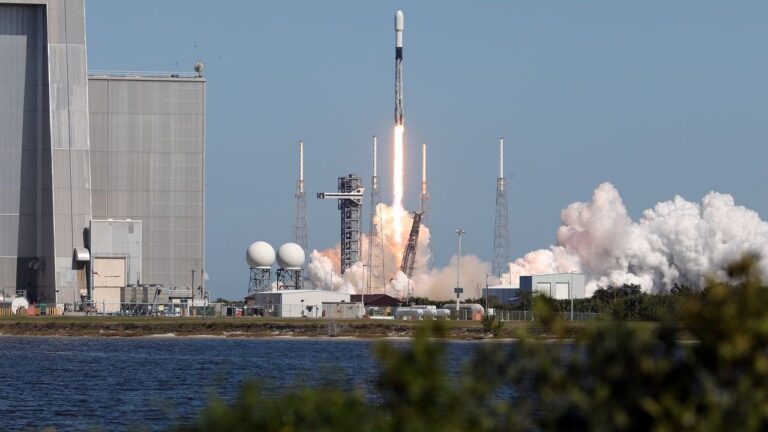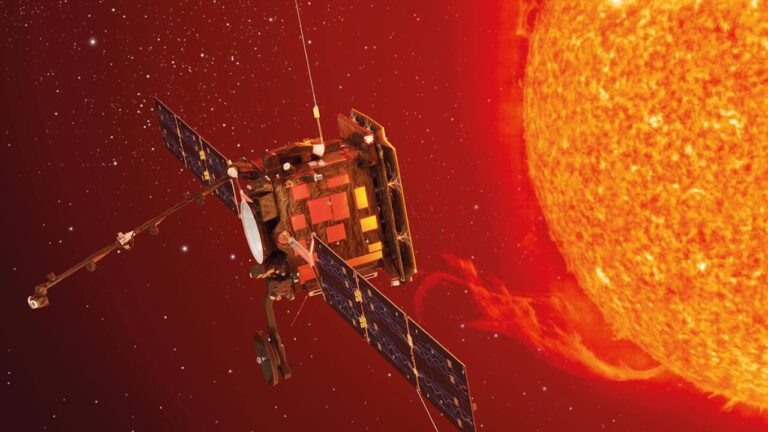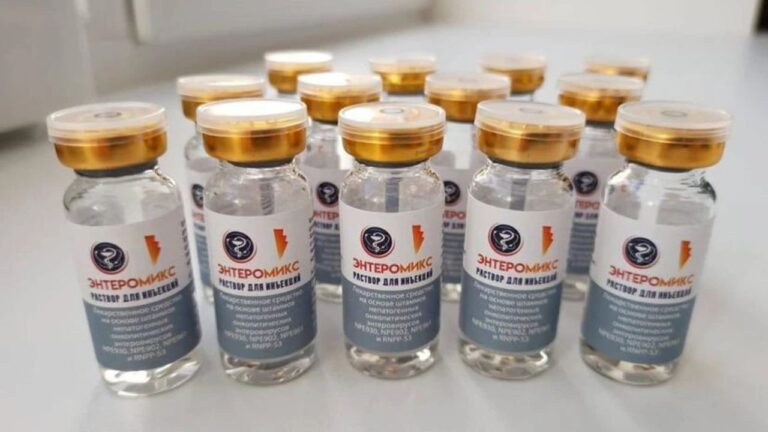
Chinese commercial space company Sepoch, also known as Beijing Jianyuan Technology Co., Ltd. or Space Epoch, has announced the successful completion of a key test of its reusable rocket technology. The test involved a vertical liftoff and splashdown landing of its Yuanxingzhe-1 (YXZ-1) verification vehicle—also referred to as Hiker-1 in English—on May 28 from the coastal Haiyang spaceport in Shandong province.
The test began at 4:40 p.m. Eastern (2040 UTC), with the rocket lifting off from a steel platform. According to video footage released by the company, the vehicle ascended vertically to an altitude of approximately 2.5 kilometers before shutting down its engines. After a period of freefall, the engines were successfully reignited, allowing the rocket to decelerate and hover before executing a controlled splashdown in the nearby waters.
Space Epoch stated that the demonstration was a “complete success,” marking the completion of eight critical flight phases: ignition and liftoff, full-thrust ascent, variable thrust adjustment, engine cutoff, free descent, engine reignition, deceleration and hovering, and finally, a soft splashdown.
The test article featured a stainless-steel structure, measuring 26.8 meters in height and 4.2 meters in diameter, with a total liftoff mass of around 57 tons. The entire test lasted 125 seconds. Propulsion was provided by Longyun methane-liquid oxygen engines, developed by fellow commercial aerospace firm Jiuzhou Yunjian (JZYJ).
This successful test paves the way for Hiker-1’s first full orbital flight, anticipated later in 2025. The rocket is designed for reusability and is expected to be capable of delivering up to 10,000 kilograms of payload to low Earth orbit.
Space Epoch has also made strategic moves to expand its commercial footprint. The company previously formed a partnership with satellite operator Shifang Xinglian to develop a constellation of medium Earth orbit satellites. In a more unconventional collaboration, it has teamed up with Alibaba’s Taobao platform to explore rocket-based express delivery logistics.
Sepoch’s progress comes amid a broader wave of reusable launch vehicle development in China. In January, the state-owned Shanghai Academy of Spaceflight Technology (SAST) carried out a higher-altitude test for its upcoming Long March 12 series rocket, also powered by JZYJ engines. While unofficial footage suggested a smooth liftoff, SAST has not confirmed the results.
Other private and state-linked Chinese firms are also developing reusable rockets slated for possible debut this year. These include Landspace’s stainless-steel Zhuque-3, Space Pioneer’s Tianlong-3, iSpace’s Hyperbola-3, and Galactic Energy’s Pallas-1.
The successful splashdown by Sepoch represents a milestone in China’s commercial space ambitions and signals a strong push toward reusable launch systems that could enhance the country’s competitiveness in the global space industry.






